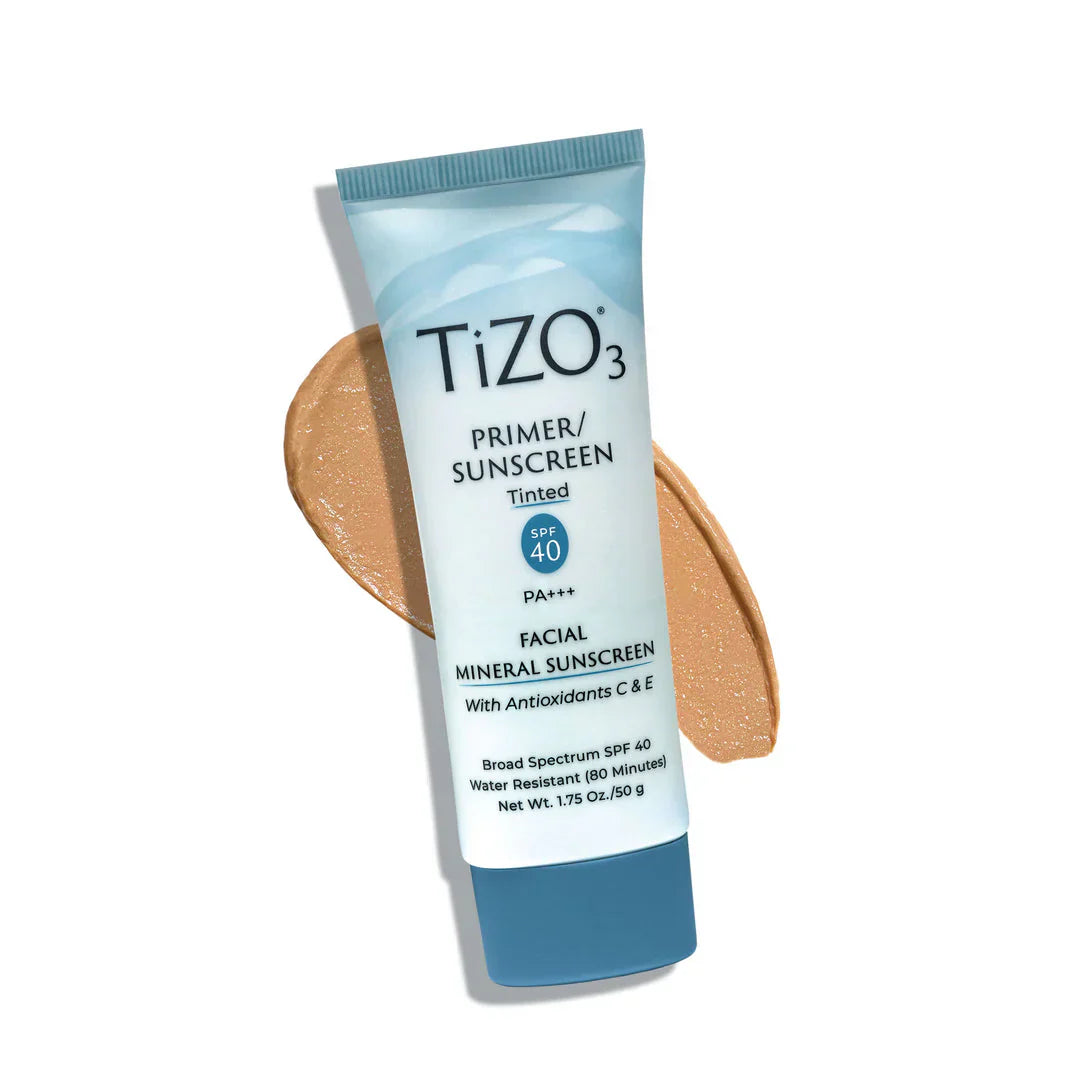Retinol and retinal are forms of retinoids with varying potency levels. Both are vital ingredients in the skincare world, known for their powerful anti-ageing and skin-improving properties. They're part of the Vitamin A family and while they share a common origin and similar names, Retinol and Retinal differ in their chemical structures and how quickly they work on the skin.
Retinol is more widely known and used, but Retinal, also known as Retinaldehyde, acts faster and delivers results faster. Both play a crucial role in comprehensive skincare routines, offering benefits catering to various skin concerns and preferences. Knowing the differences between Retinol and Retinal can help people choose the right skincare for better results.
What Is Retinol?
Retinol is a type of Vitamin A often added to skin care products like creams and serums. It's really popular because it can help make your skin look younger - applying Retinol to your skin speeds up how fast your skin cells renew and shed. This means it can help reduce the appearance of fine lines and wrinkles and even out your skin tone by fading dark spots. It's also great for fighting acne because it helps unclog pores, allowing your skin to breathe better and stay clear. People like using Retinol because it can make a big difference in how their skin looks and feels.
What Is Retinal?
Retinal is a type of Vitamin A that's also used in skincare products. It's stronger and more effective than Retinol and works faster to improve your skin. While Retinol is more common in skincare products, Retinal is gaining popularity. Some Retinal products may require a prescription, but others can be bought over the counter from brands like Avene and Youth to the People.
What Is Retinoic Acid?
Retinoic acid is the active form of Vitamin A, which directly interacts with the skin to promote cell turnover and boost collagen production. It is well-known in skincare for its potent anti-ageing properties. Retinoic acid can significantly reduce wrinkles, fine lines, and uneven skin tones, making it highly effective in rejuvenating the skin. However, because it's very powerful, it can sometimes cause skin irritation, such as redness or peeling, particularly in sensitive skin types. Typically available by prescription under names like Tretinoin, Retinoic acid is used in more intensive dermatological treatments than other over-the-counter Retinoids.
6 Key Differences between Retinal and Retinol
Potency
Retinal is more potent than Retinol, which means it can deliver visible results more quickly. This is because the Retinal converts to the active form of Vitamin A in the skin more directly, enhancing its effectiveness in combating signs of ageing.
Conversion Process
Retinol needs to undergo two conversion steps to become Retinoic acid, the active form that benefits the skin. Retinal, however, only requires one conversion step, making it faster acting and more efficient.
Speed of Results
Because of its direct conversion to Retinoic acid, Retinal results are faster than Retinol. Users may notice improvements in skin texture and fewer wrinkles and fine lines in a shorter time.
Irritation Potential
Despite being more potent, Retinal is often less irritating than Retinol. This can be particularly beneficial for sensitive skin patients who might experience redness or peeling from stronger Retinoids like Retinoic acid.
Availability
Retinol is more commonly found in over-the-counter skincare products than Retinal. Retinal is still gaining popularity and is less frequently included in formulations, though more brands are increasingly offering it.
Prescription Requirement
While Retinol is available over-the-counter in various concentrations, higher-strength Retinal products may require a prescription, depending on their potency and intended use. This makes Retinal a choice that sometimes needs consultation with a skincare professional or dermatologist.



